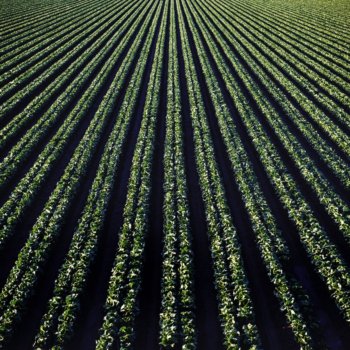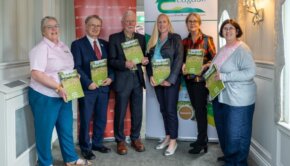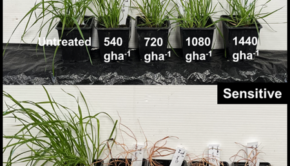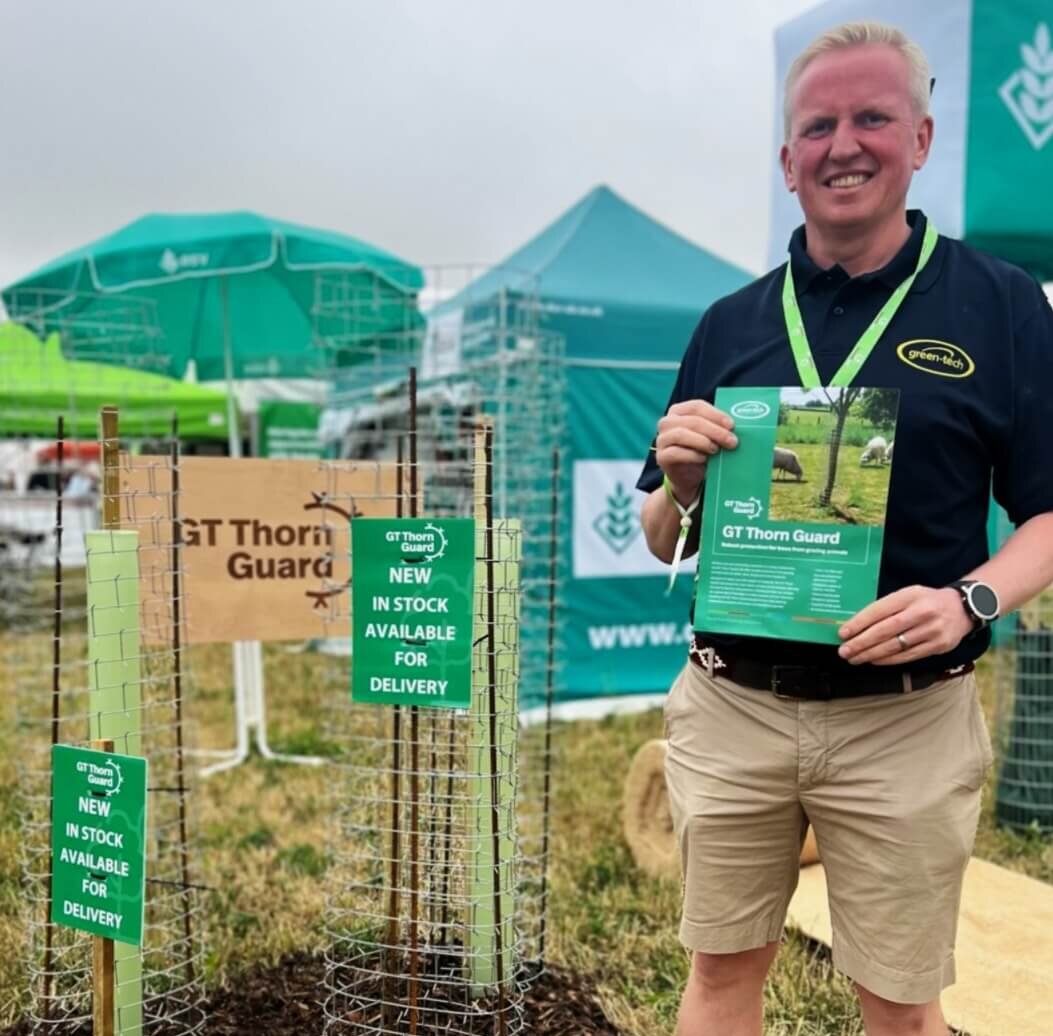Field vegetable production estimated to drop 7% in 2023, says Teagasc

Significant number of growers have ceased trading in recent years and early indications for 2023 season show this continuing
23 March 2023
Teagasc estimates that the area of field vegetable production will be down by 7% in 2023, based on direct engagement with growers.
It said a significant number of primary producers in the vegetable sector and other sectors have ceased trading in recent years and early indications for the 2023 season show this trend continuing.
Between Brexit, the Covid-19 pandemic, and more recently the illegal Russian invasion of Ukraine, input price inflation in the horticulture sector in Ireland has taken a firm hold.
Teagasc has taken a snapshot of input prices in March 2023 and compared to March 2022. All sub sectors of horticulture report significant input price inflation across most inputs except energy. Energy is still at least 100% more expensive than in 2021.
While primary horticulture producers, for the most part, have received some output price increases in 2022, it said the continuing input price inflation means that achieving a margin over costs for many horticultural enterprises continues to be challenging.
The importance of underpinning Irish horticulture production has never been more in focus following recent shortages of certain product lines and supply chain issues.
A market response will be required to ensure the viability of an industry that puts local, nutritious, fresh, top-quality produce, on the supermarket shelf.
Valued at €477 million at farm gate, horticulture is the fourth largest sector after dairy, beef and pigs in terms of gross agricultural commodity output value in Ireland.
Horticulture food includes mushrooms, potatoes, field vegetables, soft fruit, protected crops and outdoor fruit. Amenity horticulture includes nursery stock, protected crops, cut foliage, and outdoor flowers and bulbs.
Teagasc Horticulture Development Department recently assessed horticulture input price inflation across a myriad of inputs. The key objective of this report, as with previous reports is to surface up-to-date facts about specific inputs price increases now compared to March 2022.
This time sensitive exercise is important to assess the increases in costs of production for this season, as prices negotiated now for product delivered in 2023 will need to reflect these increases. Across all enterprises, there has been significant increases in input prices, specifically labour, packaging materials, fertiliser, and a range of other inputs that are key components of production.
Dermot Callaghan, head of Teagasc Horticulture Development Department said: “While Brexit, Covid-19 and the continuing Ukrainian crisis have pushed input prices much higher in recent years, input price inflation continues in 2023.
“When we set this upward input price trend against the fifteen-year downward trend in fruit and vegetable retail prices as depicted in the report, it is clear to see how primary producers could be squeezed.
“A response from the market is required, if the viability of the industry is to be maintained, and the flow of local, nutritious, fresh, top quality produce on to the supermarket shelves is to continue.”
The complete report can be downloaded at: https://www.teagasc.ie/publications/2023/horticulture-crop-input-price-inflation-2023.php



 Print
Print









Fans 0
Followers